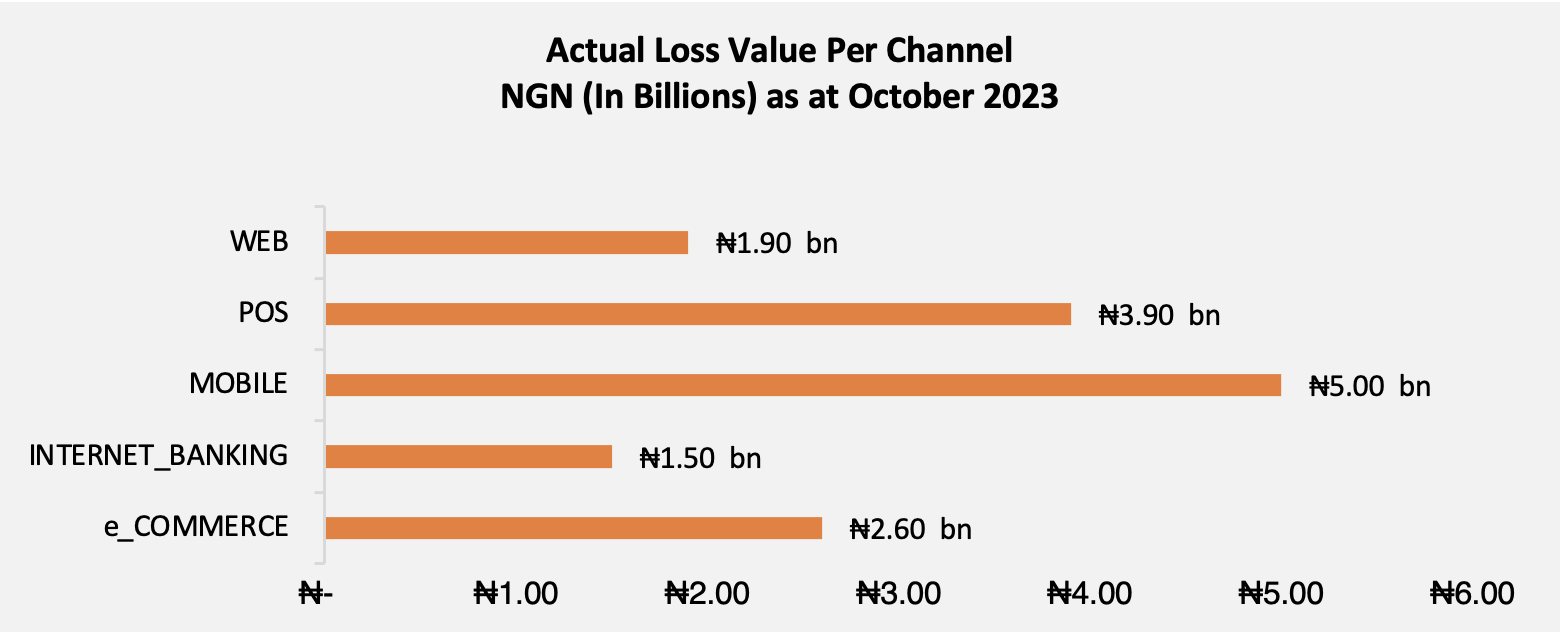Media Updates: Recent updates about NIBSS you may want to catch up with; News stories, Media mentions, Reports, views and chronicles of our activities
Latest Media Posts
The latest industry news, interviews, technologies, and resources.
NIBSS Celebrates Milestones and Strategic Growth, Holds AGM
Media Updates: Recent updates about NIBSS you may want to catch up with; News stories, Media mentions, Reports, views and chronicles of our...
NIBSS Financial Literacy School Club Empowerment Initiative
Media Updates: Recent updates about NIBSS you may want to catch up with; News stories, Media mentions, Reports, views and chronicles of our...
NIBSS Participates in PAPSS Nigeria Road Show
Media Updates: Recent updates about NIBSS you may want to catch up with; News stories, Media mentions, Reports, views and chronicles of our...




